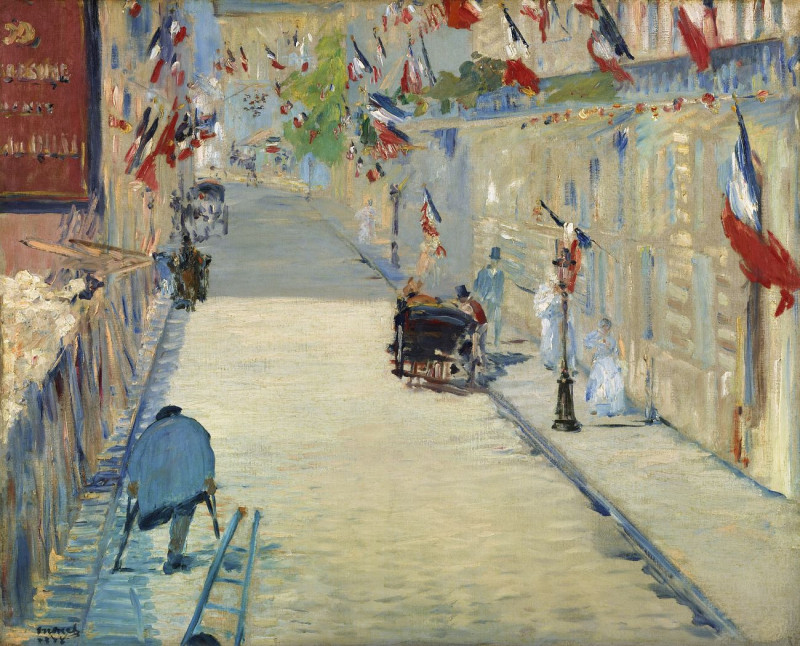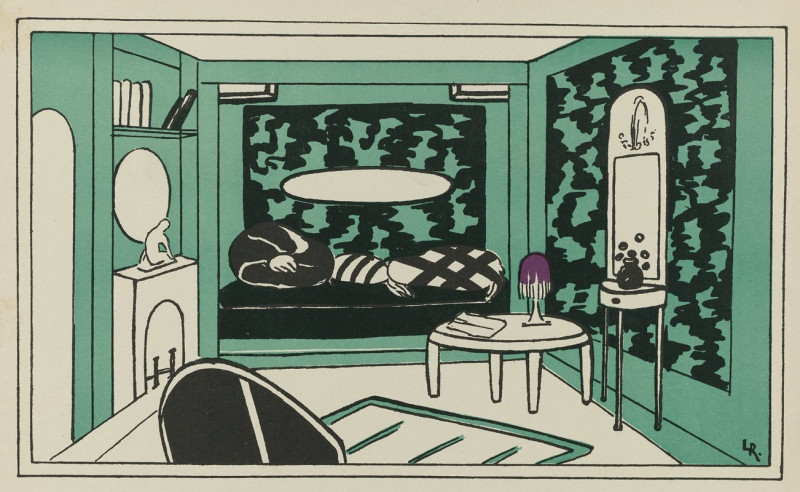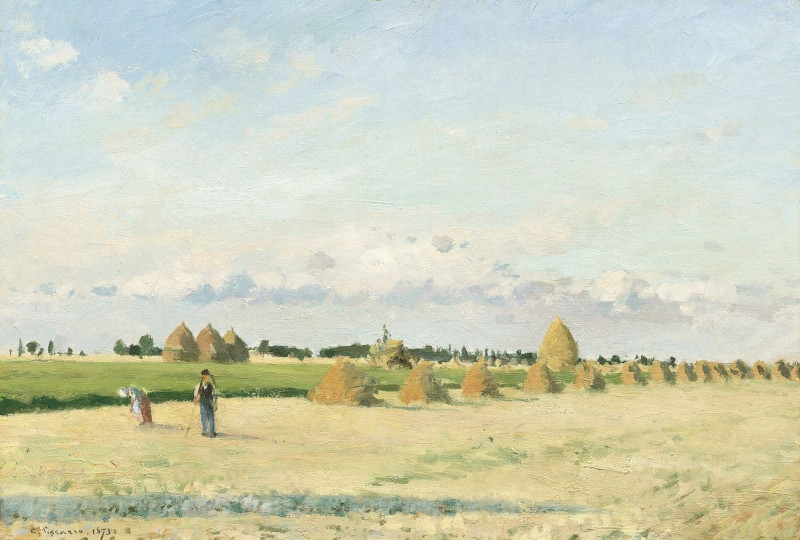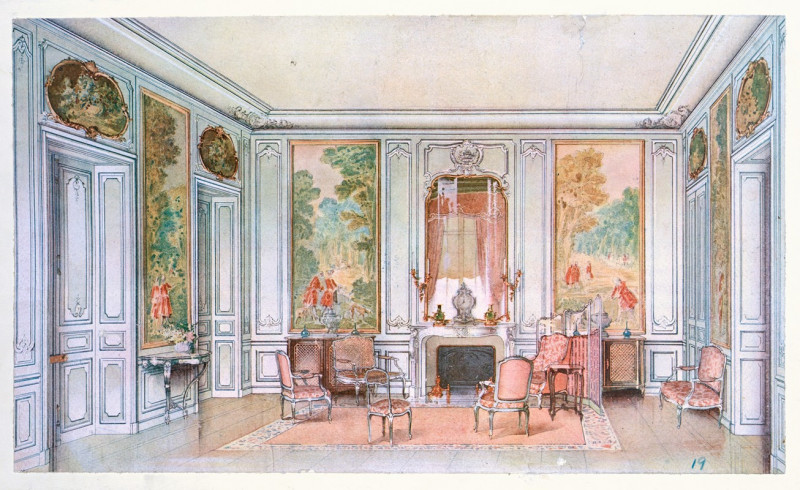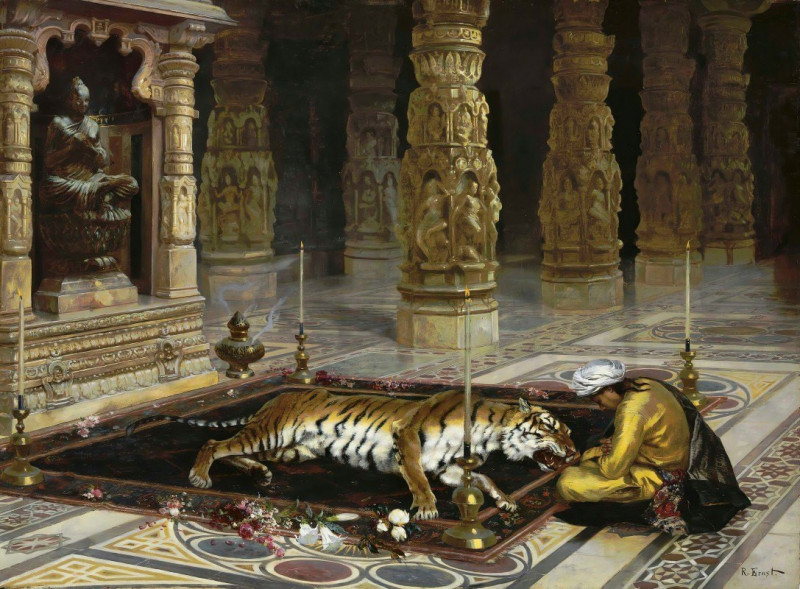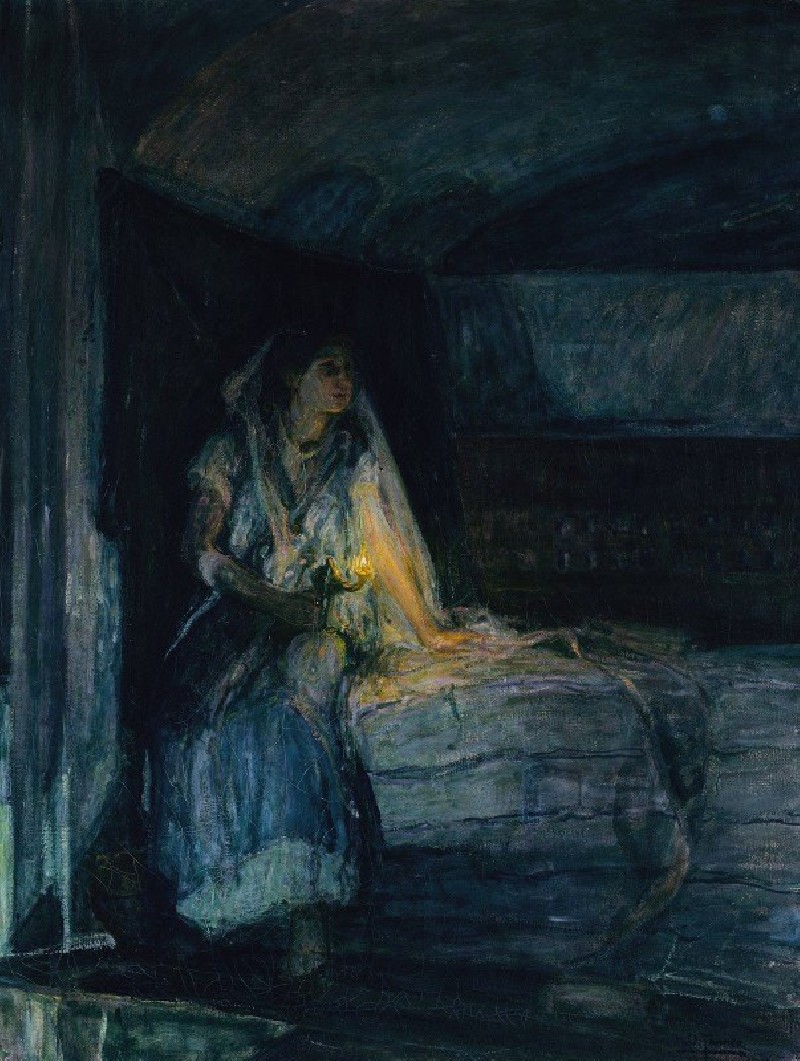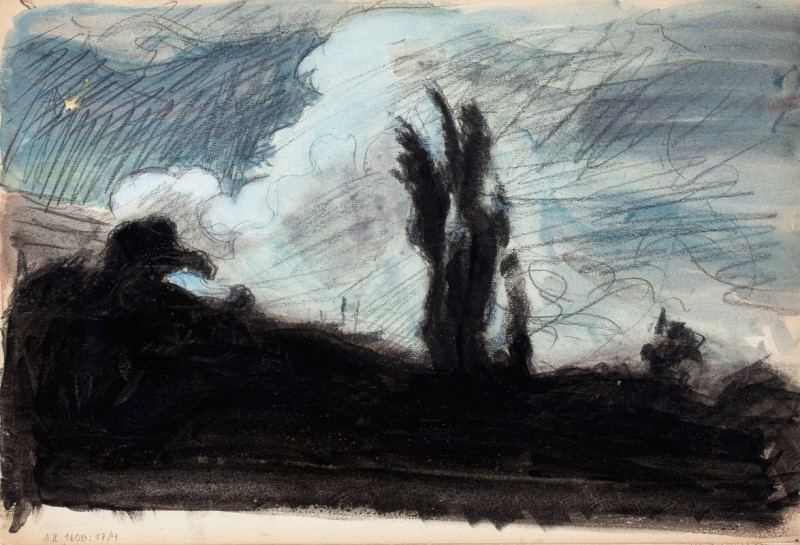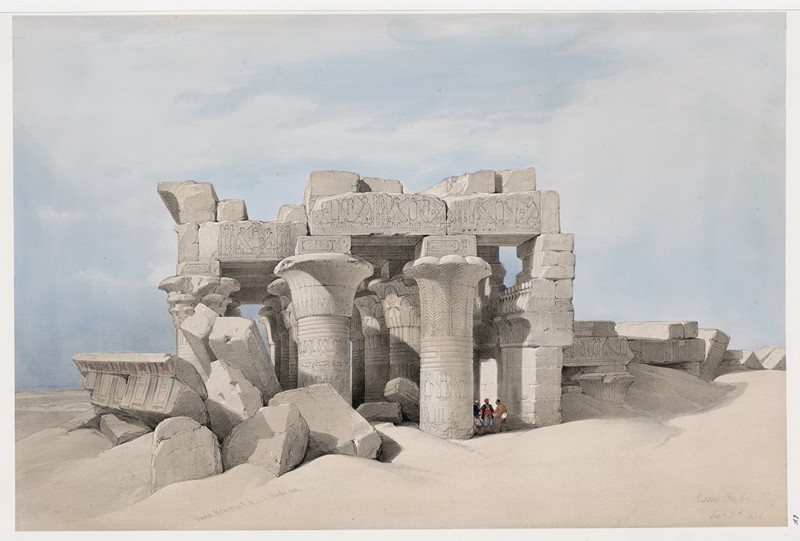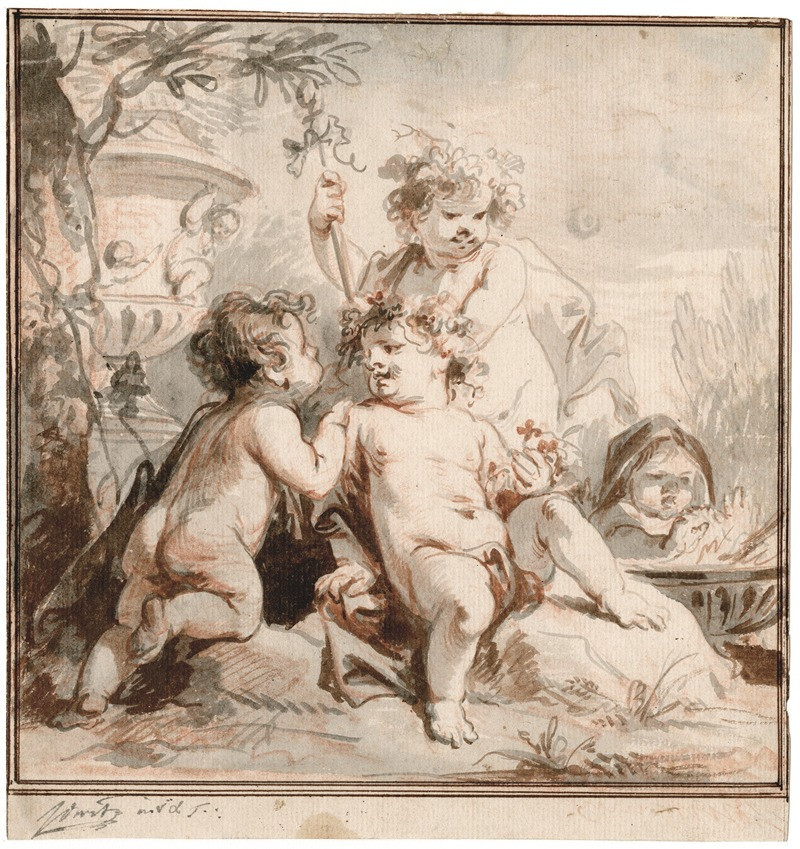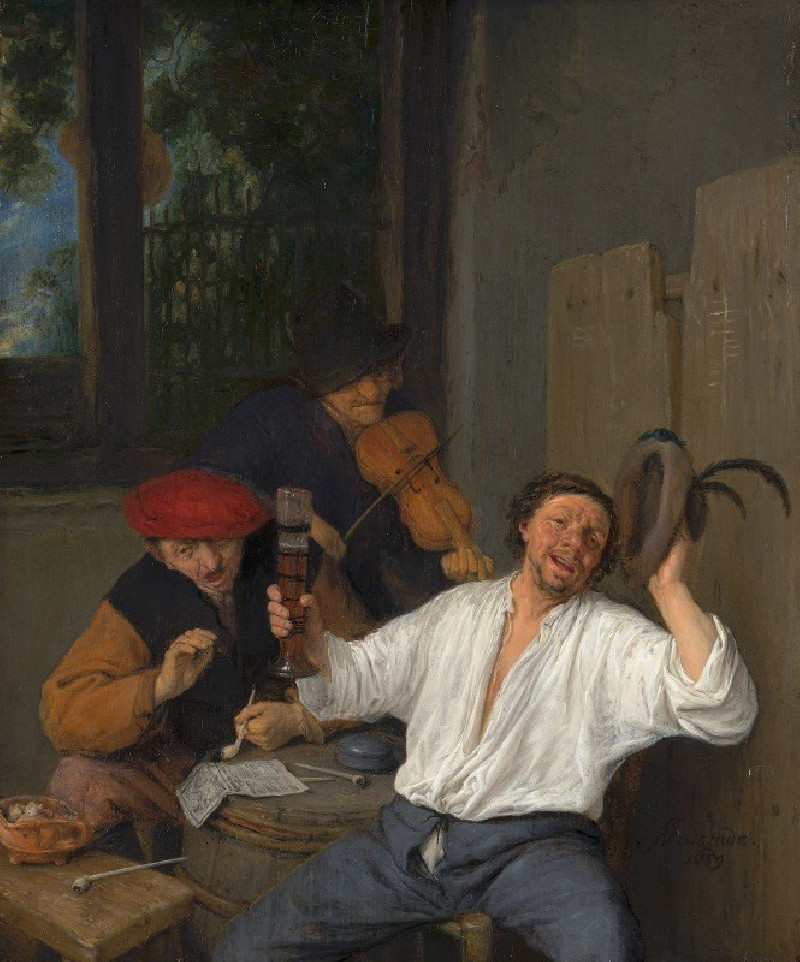The Rue Mosnier With Flags
Technique: Giclée quality print
Recommended by our customers
More about this artwork
"The Rue Mosnier With Flags" by Édouard Manet is an impressionist painting that captures a street scene decorated with French tricolor flags, likely commemorating a national holiday, possibly Bastille Day. The painting, completed in 1878, shows Rue Mosnier adorned with flags fluttering in the breeze, providing vibrant slashes of red, white, and blue amidst the otherwise muted cityscape.The composition is divided by the perspective of the road, leading the viewer's eye towards the background. On the left, a man on crutches is depicted walking away from the viewer, adding a layer of narrative about the struggles of the common man, possibly hinting at veteran affairs post-Franco-Prussian War. On the right side of the street, there are several figures, including a woman in white and a man, giving a sense of daily life and movement. A horse-drawn carriage moves along the street, which suggests the hustle of the city.Manet's use of light and shadow, along with his loose brushwork, creates a dynamic and somewhat fleeting scene, capturing a moment of national celebration mixed with personal stories within the urban setting. This painting is not only a depiction of a festive event but also a reflection on the social dynamics and atmosphere of Paris at that time.
Delivery
Returns
Édouard Manet (1832–1883) was a French modernist painter and one of the first 19th century artists to paint modern life. His impressionist style is characterized by relatively small and thin brushstrokes that create emphasis on light depiction. Manet was one of the key artists in the transition from realism to impressionism, along with Claude Monet, Edgar Degas, and Pierre-Auguste Renoir. However, he resisted involvement in any one specific style of painting, and only presented his work to the Salon of Paris instead of impressionist exhibitions. His early masterworks, The Luncheon on the Grass and Olympia, created great controversy and served as a rallying point for other young painters.

